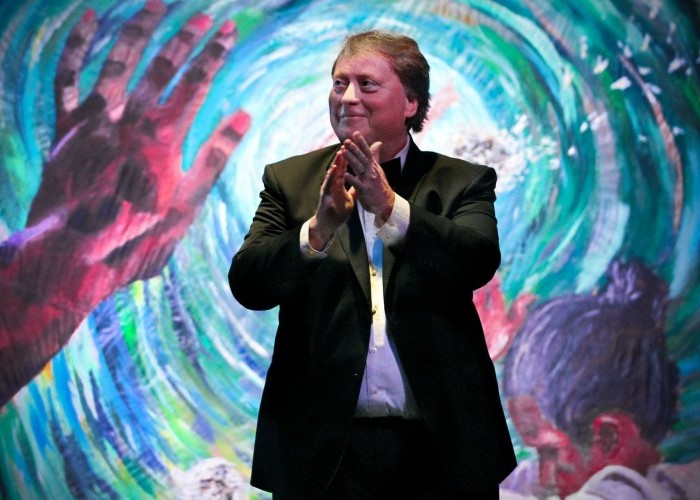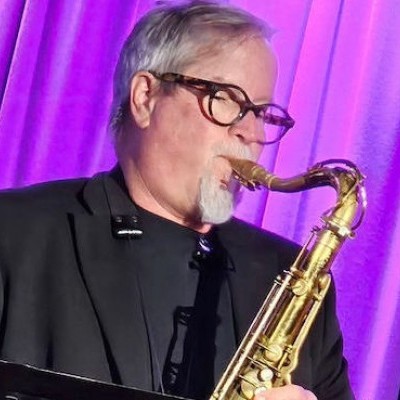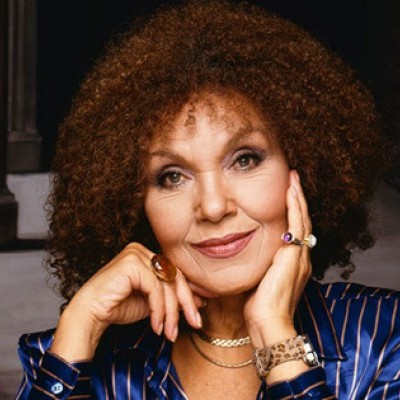Oct 28, 2025 10:47 AM
In Memoriam: Jack DeJohnette, 1942–2025
Jack DeJohnette, a bold and resourceful drummer and NEA Jazz Master who forged a unique vocabulary on the kit over his…

“I don’t think there’s anything better than seeing kids grow as human beings,” Gaesser said.
(Photo: Folsom High Music Boosters)Somewhere in Curtis Gaesser’s house, one can imagine a room overflowing with the awards he’s received — everything from the City of Folsom’s Person of the Year in 2001 to Folsom Chamber of Commerce’s Educator of the Decade and the Jazz Education Network John Laporta Jazz Educator of the Year in 2023.
Add one more honor to that collection: the DownBeat Jazz Education Hall of Fame.
But awards were never an endgame for the 39-year music education veteran, who retired from full-time teaching at the end of the 2022–’23 school year and continues to contribute through new avenues. And neither were competitions, though his jazz bands and choirs have certainly dominated those, too. His Folsom High School Jazz Band I has won this magazine’s Large Jazz Ensemble Student Music Award 18 times since 1993, while his Jazz Choir is a 27-time winner since 1994.
“It did help with younger kids wanting to be a part of our program, just seeing the band when you’re young and saying, ‘Man, I want to be a part of that.’ So it was good publicity that would help generate a lot of interest,” he said, when asked about the significance of competition victories. “There were years when I would audition over 40 sax players, all coming from the two local middle schools.”
There were 680 students at Folsom High School when he started in 1987, so faculty were required to teach multiple classes, Gaesser explained. He kept directing marching band, chamber orchestra, concert band, drumline and color guard as well as jazz bands and choir once the school expanded and regularly traveled 20 weekends a year with his different student groups.
By the time he retired, the Folsom High School student body was about 3,000. “As it started growing, I didn’t want to let go of anything,” he recounted in a phone interview from his home. It was during the first September since 1983 where he wasn’t teaching music in a classroom. “The person who does the marching band controls the finances, because that money all comes from the school and football game receipts.”
He also required his jazz band students (except for guitarists and pianists) to participate in marching band for two years. “It taught the brass players stamina and breath control while they were moving,” he said. “It also really beefed up their chops and added to less of an elitism of being in the top jazz program. Because when you’re in a marching band of 130, you’re a part of a whole thing.”
Some jazz band members remained in marching band for their entire high school careers. “I learned new ways of getting that out of them without verbally saying it,” he said, when asked what insight he picked up during his four decades as a music educator. “You can waste a lot of time in the classroom, so I didn’t do a lot of pontificating.”
With the Reno Jazz Festival at the University of Reno no longer having a student competition component and the Monterey Jazz Festival’s Next Generation Festival inactive after the pandemic, he and Gaw Vang Williams, Folsom High School’s new band director, launched the inaugural California Jazz Championships for high school and college jazz bands and choirs back in April. Gaesser drew on his 36 years of experience as founder and producer of the Folsom Jazz Festival and drew the praise and appreciation of fellow band directors.
“It’s been a fantastic career,” Gaesser said. “I don’t think there’s anything better than seeing kids grow as human beings. The cool thing about us music teachers is that we get kids for four years.”
Sacramento County is now mentioned in the same breath as hubs like New York, Houston and the Bay Area when it comes to high school jazz education. He marvels at the growth with humility and a bit of awe: “We were a little Western town with very little culture except for the rodeo and the prison,” which was immortalized in Johnny Cash’s 1955 hit “Folsom Prison Blues.”
Profiles written about Gaesser will typically mention he was raised in Oahu, Hawaii, and that in sixth grade he was asked to teach his music class. A year later, the fledgling ukulele player added saxophone to his instrumental arsenal and dove into jazz. His family moved to the suburbs of Sacramento while he was in high school. After graduating and then earning both bachelor’s and master’s degrees at Sacramento State University, he’s lived and taught exclusively in the area.
But how did his time as an island native influence him musically?
“I was raised with all that beauty,” Gaesser said. “It helped me prioritize with my groups that being musical is of the utmost importance over everything else. I felt like you could really move the audience and people emotionally through musicality more than anything else.” DB

Jack DeJohnette boasted a musical resume that was as long as it was fearsome.
Oct 28, 2025 10:47 AM
Jack DeJohnette, a bold and resourceful drummer and NEA Jazz Master who forged a unique vocabulary on the kit over his…

“I’ve told students, ‘I don’t mind if you use AI for this or that project,’” says MIT’s Pascal Le Boeuf. “‘But you need to tell me.’”
Sep 18, 2025 11:14 AM
A standard joke when it comes to discussing artificial intelligence, or AI, is that it’s developing so rapidly that…

Chuck Manning Works for NASA … and plays jazz.
Sep 18, 2025 11:23 AM
Congratulations! After years of study, you’ve earned your degree in jazz performance. But let’s face it: Making a…

Gadabout Season developed over many months of recording sessions in Brandee Younger’s East Harlem living room.
Sep 16, 2025 11:52 AM
When she’s on the road, Brandee Younger enters a hybrid state of action and contemplation. Free of daily distractions…

Cleo Laine, 1927–2025
Sep 16, 2025 10:03 AM
The music world mourns the loss of three important artists from the realms of jazz, blues and beyond with the recent…